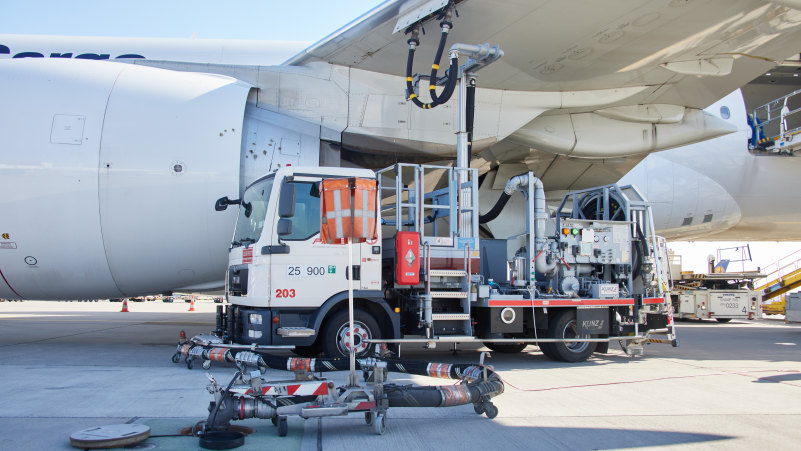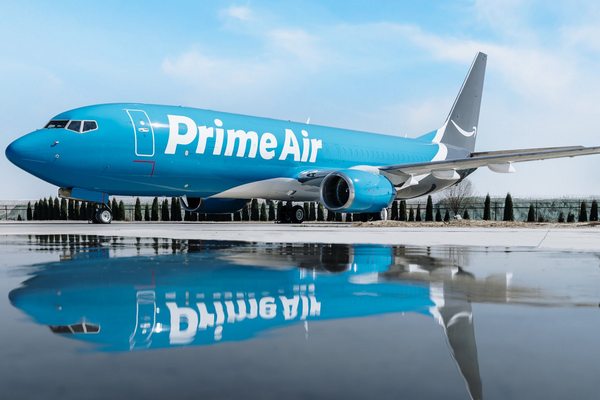Situated in the far north of Europe, the Scandinavian Peninsula, historically a somewhat isolated entity, is experiencing a new chapter driven by significant geopolitical changes following the conflict between Russia and Ukraine. Notably, between 2023 and 2024, Sweden and Finland, formerly neutral, joined NATO. This realignment towards the West and the European continent is also reflected in the transport networks and infrastructure. Numerous projects are underway, or already partially in the pipeline, to enhance and expand the Scandinavian railway network, thereby fully integrating it into the trans-European Ten-T corridors.
The most striking example of overcoming barriers, with a project that carries almost symbolic weight, came in mid-2022 when work began to electrify a modest 24-kilometre stretch linking Finland and Sweden. Though short, this connection represents a vital freight route that demands a technological upgrade. The line starts from Kemi in Finland, passing through Tornio at the border, and ends in Haparanda, Sweden, where significant freight terminals are located in both towns. To facilitate cross-border transport, the extension of dual gauge tracks is also planned—comprising the European standard gauge used in Sweden and the broader Russian gauge present in Finland.
Another illustration of this broader vision to boost the Scandinavian rail network as part of European integration emerged in June 2024, when Finland's Ministry of Transport tasked the national transport agency, Väylävirasto, with preparing a feasibility study for a European gauge rail link between the Finnish hub of Oulu and the Swedish hub of Haparanda. This route spans roughly 130 kilometres, and the government agency has until August 2025 to complete the report, which will assess various route alternatives, technical aspects, phased construction, and investment costs. Should the project get the green light, as is widely expected, it will create the longest European gauge railway line in Finland—a precursor to other similar transformative projects, including the potential extension of the railway to Helsinki.
But the ambitions do not end there. There has also been a proposal, still under consideration, to extend high-capacity rail links, primarily aimed at freight transport, into Norway. In this scenario, the route would begin in Kemi, then Haparanda, and extend approximately 550 kilometres to Narvik in Norway, which has a year-round ice-free port due to favourable ocean currents. This demonstrates the strategic importance of providing alternative maritime routes to those currently dominated by Russia. The first phase of this new connection could see the line reach the Swedish mining town of Kiruna. The vision of a new all-European gauge railway corridor between Helsinki and Norway's Narvik rail and port hub is not far-fetched. Beyond Helsinki, crossing the Gulf of Finland, lies Rail Baltica—a European gauge railway that will connect Estonia, Latvia, and Lithuania with Poland, and thus with the heart of Europe.
Piermario Curti Sacchi






























































